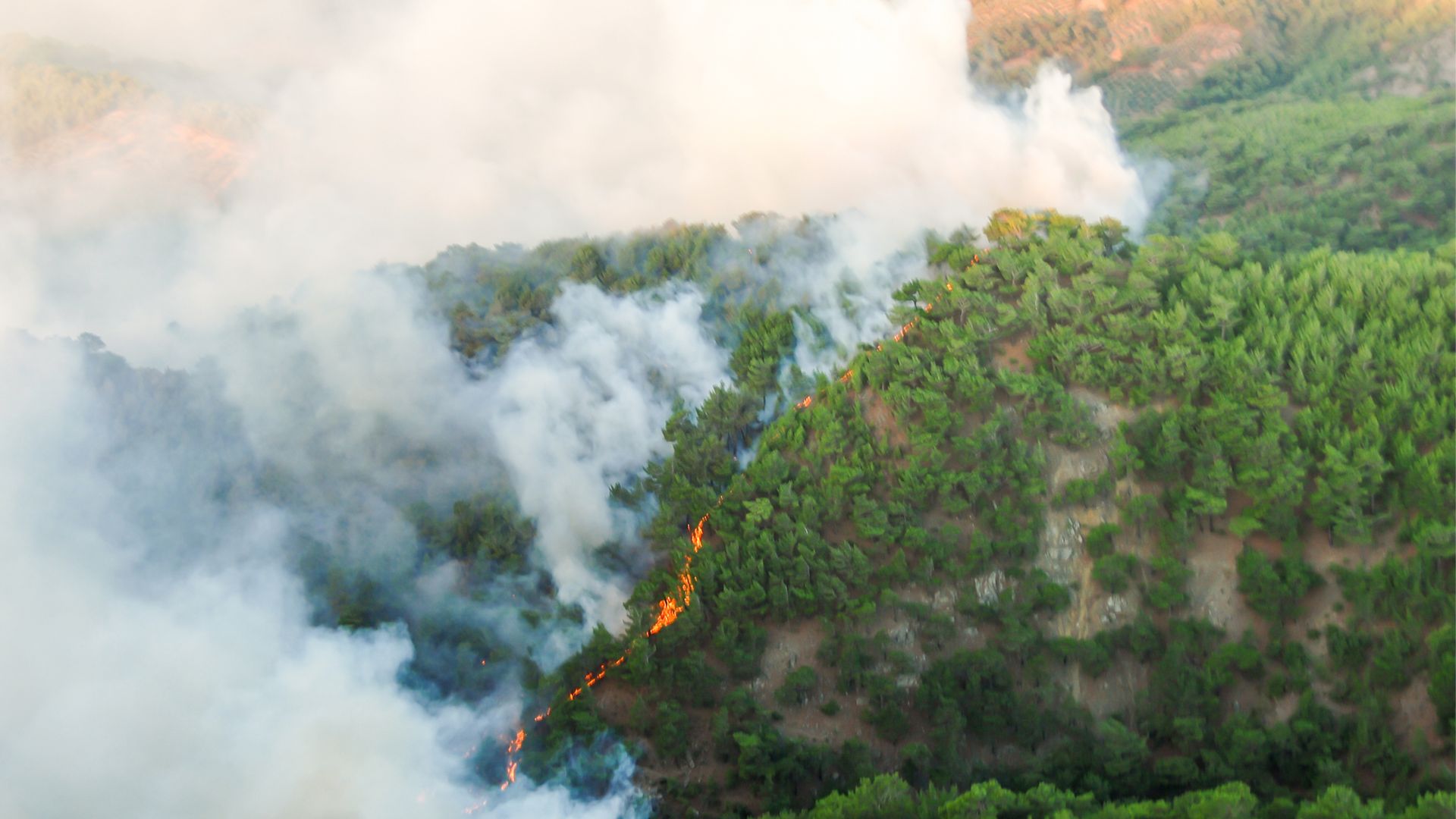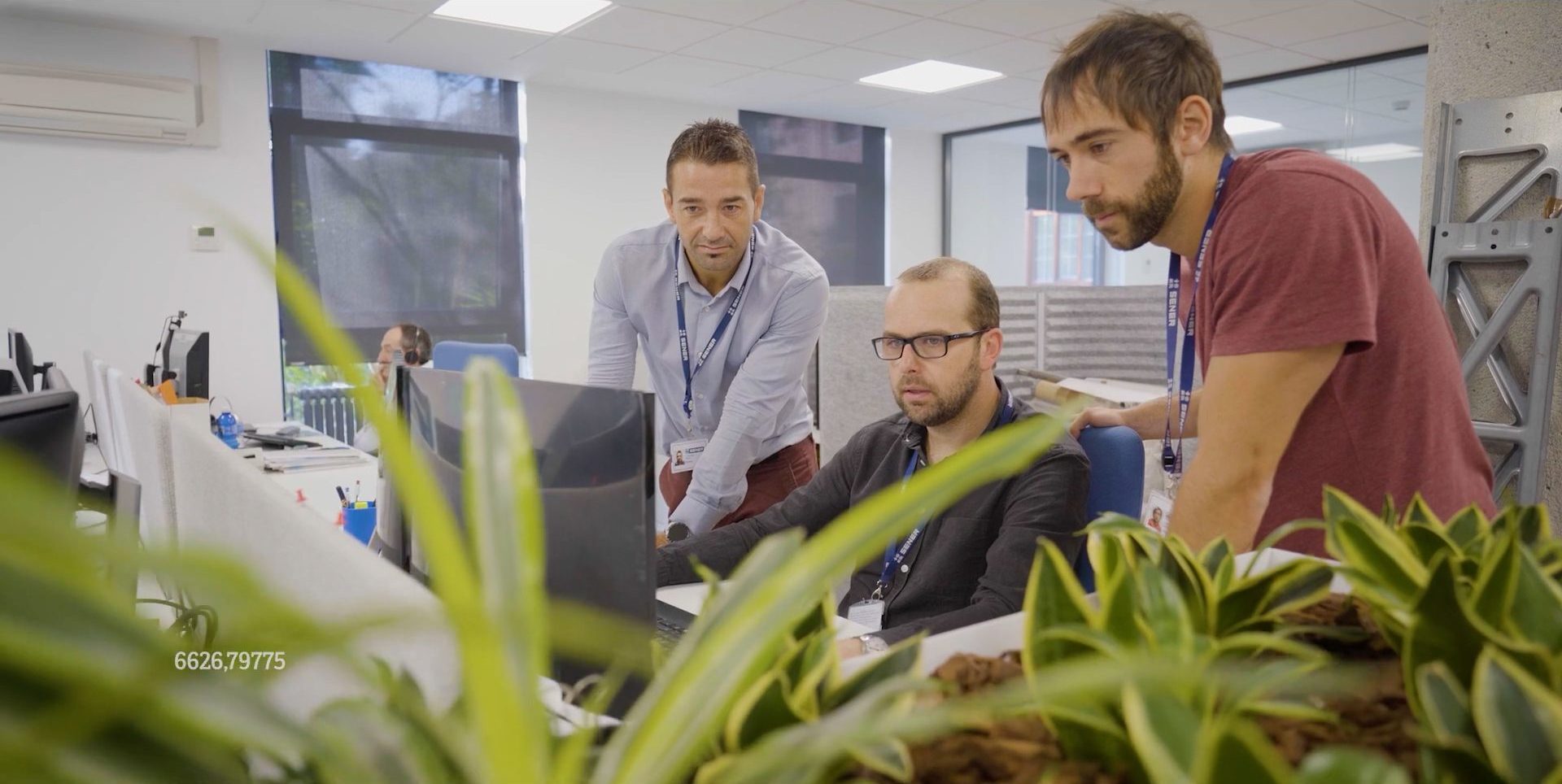
- Digitalization
Categories:
No one doubts that the main risk to our forests are fires. They seem inevitably associated with the arrival of the summer, and any newspaper surely has headlines referring to them these days. The scarcity of rainfall and the high temperatures create the perfect conditions for our countryside to be devastated.
However, the General Forest Fire Statistics, a Spanish national database of forest fires started in 1968, shows that, since then, there have been fires every year, and not only in summer. They are simply much more virulent now. These climatic conditions are coupled with the abandonment of the rural environment and, from the sum of both, we obtain forest masses full of fuel.
The evolution of the types of fires is directly related to the interest and awareness that today’s society has regarding our planet. Just as the number of large fires is growing, so are the initiatives that involve both individuals and companies in caring for the environment around us.
In this context, technology is a key tool to mitigate the negative consequences of a fire and to highlight the virtues of our forests. The experience in other sectors is perfectly transferable to this one. By using solutions that reduce corrective models (i.e., those applied once the phenomenon has already occurred) by preventive ones (which allow us to anticipate future phenomena), the performance of the asset is improved. Just as this hypothesis is valid for a thermo-solar plant, for example, it is also valid for our field.
The application of digital environments that allow data analysis – both in real time and historically – as well as the monitoring of certain forest management tasks – both active and preventive – intrinsically entails:
– Reduction of the probability of new fires
– Improvement and regeneration of biodiversity
– Visualization of the benefits that our forests bring to society.
– Direct involvement of individuals or companies in the care and improvement of our forests.
To deploy this type of solutions, it is necessary to work around 3 key ideas:
– The power of data. Only that which is measured can be improved. Structured data, in real time or in the past, are the necessary ingredients on which to build any solution of this type.
– Digital process vs. digital tool. Digitizing accumulated knowledge or experience is the factor with the greatest impact in this equation. At Sener, we understand that any software (such as the application of artificial intelligence) should not be an end, but the most advanced tool available to achieve the objectives. Therefore, it is very important to surround yourself with a team that has accumulated experience in different areas (forestry, technology…) sufficient to undertake this part with guarantees.
– Predicting vs. reacting. This is a change of mentality, of attitude. It is not about worrying about our forests once they have burned or are full of undergrowth. It is about monitoring certain forest constants that allow us to anticipate, that alert us about future events and thus minimize the impact.
In short, society can benefit from more effective action in forest management and fire prevention, so common at this time of year, if we rely on a stronger data culture. Through technology and data analytics, we will be able to act better, not only during a fire, but also before it occurs, taking care of our forests.
Felipe Pou
Consultor en Transformación Digital
He holds a Bachelor's Degree in Architecture from the University of Valladolid and a Master's Degree in Environmental Design and Management of Buildings from the University of Navarra. He has worked in various architectural firms, both national and international, responsible for the development of projects in different sectors. He has also combined these projects with tasks related to the implementation of quality standards, processes, and workflows. At Sener, since July 2021, he has been developing new digital transformation projects, from the ideation phase, through strategy definition, to the implementation of new services.









